Acupuncture
Acu pun cture

Acu puncture iMed Billing
The medical practice of acupuncture has its roots in traditional Chinese medicine (TCM). where health is perceived as a dynamic equilibrium between yin and yang, guided by the flow of Qi or vital energy. While not a Western medical specialty, acupuncture has gained recognition as a valuable complementary therapy. Licensed healthcare providers, including pain management specialists, integrate acupuncture alongside conventional Western medicine to offer holistic care. By strategically inserting fine needles into specific acupoints, practitioners seek to harmonize Qi flow and restore balance within the body's energy system. This method is in line with TCM's belief that treating the underlying cause of sickness rather than just its symptoms is the best way to relieve a variety of illnesses and improve general wellness. Acupuncture's integration into mainstream healthcare underscores its potential to augment Western medical interventions and provide patients with comprehensive, patient-centered care
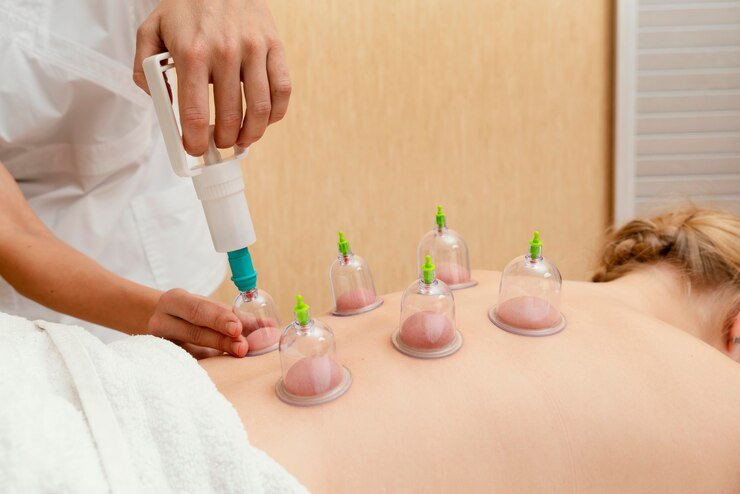


Acu puncture iMed Billing
Acupuncture encompasses various techniques and styles that have evolved over centuries of practice within Traditional Chinese Medicine (TCM) and other cultural healing traditions. While the fundamental principle of stimulating specific points on the body remains consistent across different types of acupuncture, there are notable variations in the approaches, tools, and philosophies employed. Here's an overview of some common types of acupuncture

Following are the types of Acupuncture

Types of Acupuncture
Acupuncture encompasses various techniques and styles that have evolved over centuries of practice within Traditional Chinese Medicine (TCM) and other cultural healing traditions. While the fundamental principle of stimulating specific points on the body remains consistent across different types of acupuncture, there are notable variations in the approaches, tools, and philosophies employed. Here's an overview of some common types of acupuncture

Detailed Components

Traditional Chinese Acupuncture
TCM acupuncture is rooted in ancient Chinese medical theories, including the concepts of yin and yang, Qi (vital energy), and meridians (energy channels).
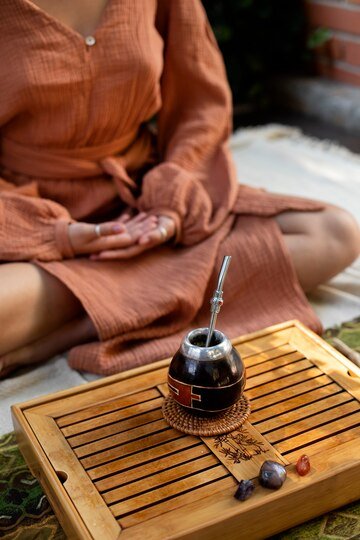
Japanese Acupuncture
Japanese acupuncture shares many similarities with TCM acupuncture but often utilizes finer needles and shallower insertions

Korean Hand Acupuncture
Korean Hand Acupuncture focuses on the hands and fingers, which are believed to reflect the entire body's health.
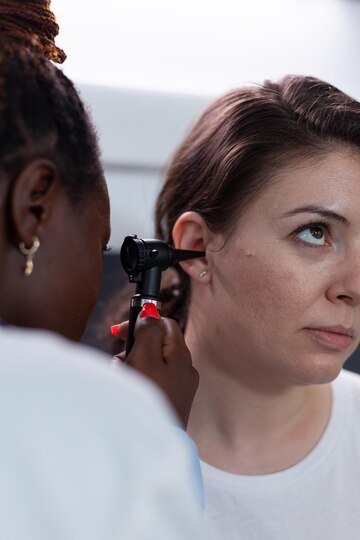
Auricular Acupuncture (Ear-Acupuncture)
It involves stimulating specific points on the outer ear that correspond to different organs, body parts, and functions. It is often used for pain management,
Detailed Components
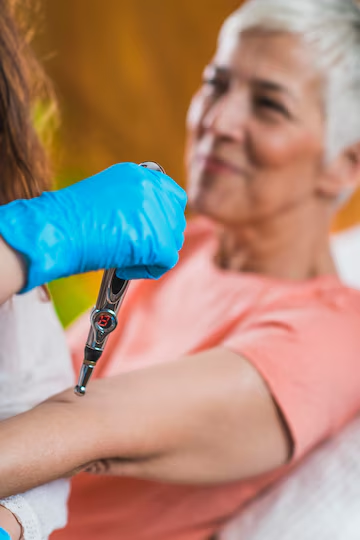
Electro-acupuncture
Electro-acupuncture involves applying/setting a small electric current to acupuncture needles to enhance stimulation. This technique is often used for pain relief, muscle relaxation, and neurological conditions

Scalp Acupuncture
Scalp acupuncture involves needling specific points on the scalp's surface, which are believed to correspond to different areas of the body and brain

Steps In Acupuncture
-
Initial Assessment
The session begins with a comprehensive assessment of the patient's health history, symptoms, and current concerns
-
Diagnosis
The acupuncturist develops a diagnosis in accordance with the principles of Traditional-Chinese-Medicine (TCM) based on the evaluation
-
Treatment Plan
The plan may include specific acupuncture points to be targeted, as well as additional TCM modalities such as cupping, moxibustion, or herbal therapy
-
Preparation
The patient is comfortably positioned on a treatment table, typically in a quiet and relaxing environment. The acupuncturist may dim the lights or play soothing music to enhance relaxation
-
Needle Insertion
Using sterile, disposable needles, the acupuncturist gently inserts thin needles into certain acupoints on the body. The selection of acupoints is based on the patient's diagnosis and treatment plan


-
Needle Manipulation
Once the needles are inserted, the acupuncturist may gently manipulate them by twirling or applying gentle pressure to enhance stimulation.
-
Needle Retention
After manipulation, the needles are left in place for a period of time, typically ranging from 15 to 30 minutes. During this time, the patient is encouraged to relax and may experience a deep sense of calm and wellbeing
-
Removal of Needles
Once the designated time has elapsed, the acupuncturist carefully removes the needles. The patient may feel a slight sensation upon removal, but it is generally painless
-
Post-Treatment Recommendations
After the session, the acupuncturist may provide lifestyle recommendations, dietary advice, or selfcare practices to support the treatment's effectiveness.
-
Follow-Up
Depending on the patient's condition and response to treatment, follow-up sessions may be recommended to maintain progress and address ongoing health concerns

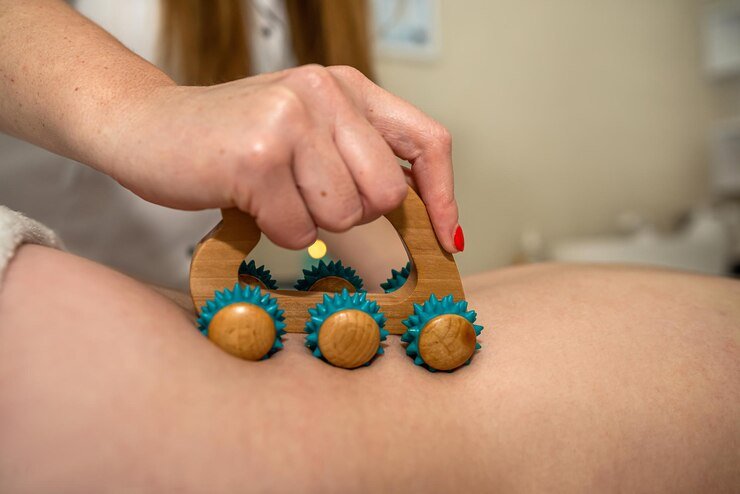

Scop of Acupuncture in USA iMed Billing
As of 2024, acupuncture maintains a significant and expanding scope of practice within the United States, marked by increased recognition and integration into mainstream healthcare. State regulations govern acupuncture licensure, generally requiring graduation from an accredited program and passing the National-Certification-Commission for Acupuncture and Oriental-Medicine (NCCAOM) exam. Acupuncture is practiced in diverse settings, including private clinics, hospitals, and community health centers, and acupuncturists often collaborate with medical doctors, chiropractors, and physical therapists. Insurance coverage for acupuncture has broadened, with many plans covering treatments for chronic pain, migraines, and musculoskeletal issues, while Medicaid and Medicare provide limited coverage in some states. Scientific research supporting acupuncture's efficacy in managing pain, stress, and nausea is growing, backed by funding from government agencies and academic institutions. Hospitals and integrative medicine centers increasingly offer acupuncture as part of comprehensive care plans. Public awareness and demand for acupuncture services are rising, driven by expanded education programs and continuing education courses for healthcare professionals. Additionally, telemedicine and digital health platforms are gaining traction, enabling virtual consultations and remote treatments. Overall, acupuncture in the USA in 2024 reflects a balanced integration into healthcare, bolstered by regulatory support, insurance acceptance, and robust research.


Acupuncture CPT Codes
Acupuncture services are billed using specific CPT (Current Procedural Terminology) codes. The main CPT codes used for acupuncture are pulmonology
One or more needles are used in acupuncture; the patient and practitioner spend the first fifteen minutes alone and without the use of electricity.
Acupuncture one, two or more needles; without electrical stimulation, re-insertion of needle(s) after every fifteen minutes of one-on-one patient interaction (List separately in addition to code for primary treatment).
One or more needles for acupuncture; the first fifteen minutes of one-on-one interaction with the patient are stimulated electrically.
One or more needles for acupuncture; each extra fifteen minutes of one-on-one interaction with the patient with electrical stimulation and needle reinsertion (List individually in addition to code for primary procedure).
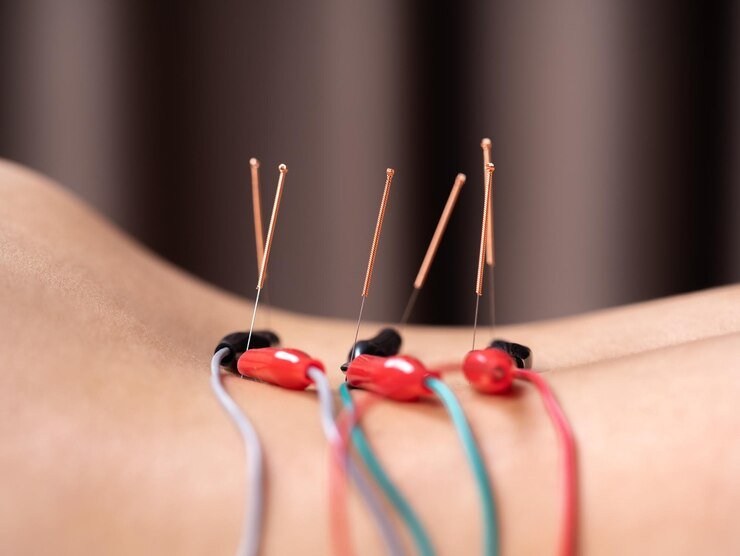

At iMedbillingPro, we are aware of the challenges and suffering that healthcare providers encounter when delivering first-rate patient care.
Copyright © 2024 iMed Billing Pro All Rights Reserved.

